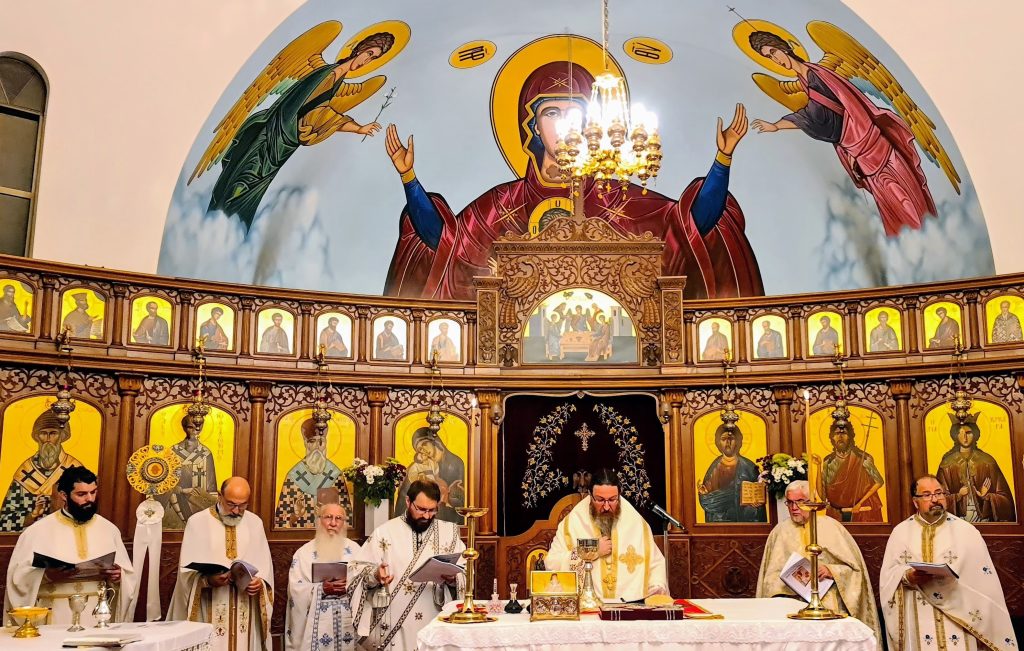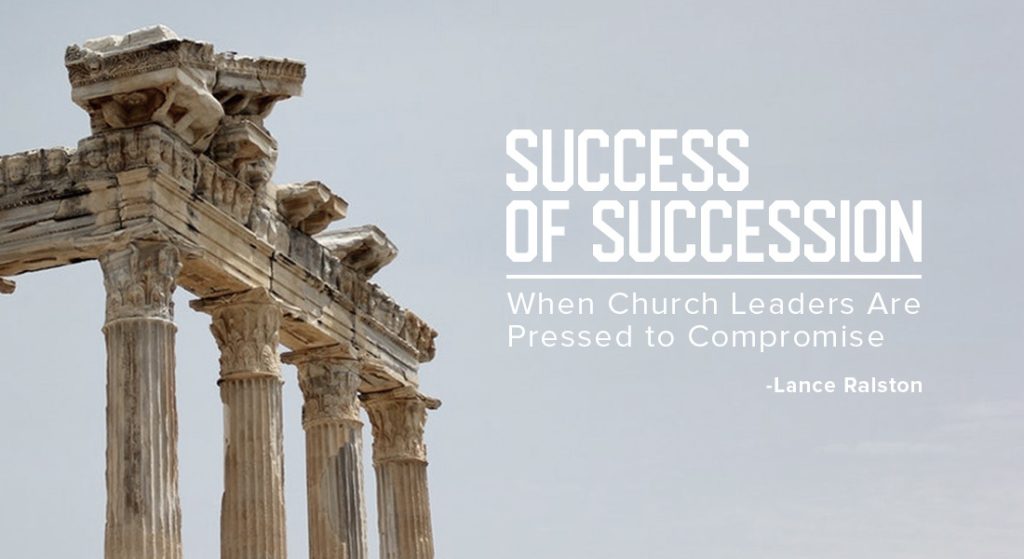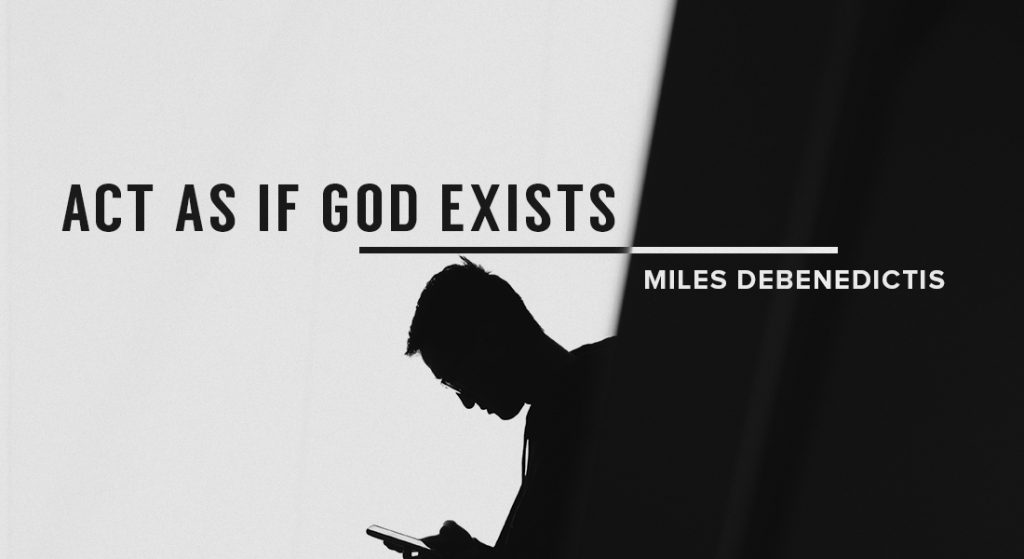A January 2014 article in The American Conservative described why some Millennials are leaving Evangelical churches to join more liturgical denominations like Anglican, Orthodox, and Roman Catholicism.[1] It isn’t just church members making the switch; some pastors are as well. There is something in what is called “high church” formalism that appeals to these denominational converts. There is an implicit sense that the high church, with its formal liturgy, is more “authentic to ancient Christianity;” and that it better represents the Faith of the Church Fathers.
An Orthodox priest explicitly made that claim in a podcast episode when he stated that The Church has always been liturgical. Has it?
The American Heritage Dictionary defines liturgy, among other things as: “The prescribed form for a public religious service; ritual.” Since nearly every church has some form for its services, they all have a kind of liturgy. But the word “liturgy” connotes a formal set of rituals around which the service weaves. High church liturgy includes things like what vestments the priest wears, what readings are given, when people stand, sit, and kneel, what prayers are said, and where each of these takes place in the service. Liturgy includes what formula is used in the celebration of the Eucharist (Communion). Liturgical churches often follow a calendar in which the weeks of the year are given to the service of some aspect of the Gospel, the Christian Life, or some notable person in Church history. The interior of liturgical churches is usually decorated more elaborately than the average Protestant or Evangelical church, with a formal altar area and elaborate ornamentation throughout the building.
Was the Early Church liturgical? That is, were gatherings of the church for services intended by Jesus and the Apostles to be what we see today in the average Roman Catholic, Anglican, or Eastern Orthodox service?
While there is no prescribed form for a local church service set forth in the New Testament, there are hints as to what the church did when it met.
Acts 2:44-46 describes what the very first church did immediately after Jesus’ ascension. They gathered in the courtyard of the Temple to listen to the Apostles teach about Jesus, then met in homes for meals and to pray.
As Jews, these early believers could read and write. But scrolls were expensive, so learning was done by rote memorization. It didn’t take long before the teaching of the Apostles about Jesus settled into a set pattern with specific words memorized by all. This explains why both Matthew’s and Mark’s Gospels are so similar. The core of their accounts of Jesus’ life were based on the standardized story that had been memorized by many. Basic beliefs of the Faith were made into short, pithy sayings that were easily committed to memory. Some of these are reflected in the words of the Epistles.[2]
It’s eminently reasonable to assume that these first Christians, as Jews, patterned their services after what they were familiar with: the local synagogue. While synagogues had an order of service, it was not the highly ritualized kind performed by priests in the Temple. The emphasis in the synagogue was on instruction in God’s Word and prayer. The order of service was for just that: order, rather than chaos.
In contrast to the claim that the Early Church was liturgical, try imagining Jesus and the Apostles in the regalia worn by an Anglican, Roman, or Eastern priest today or even a thousand years ago. Imagine them stepping through the rituals conducted in these churches. The image is utterly foreign to what we know of the Apostles. Are we then to believe that all such accouterments to a church service were their desire and plan?
In the Second Century AD, the Early Church Father Justin Martyr described a typical church service. He said the church met on Sunday, Scripture was read, a pastor then taught, prayers were made by all, and a meal was shared. Part of that meal included the celebration of Communion as a memorial to what Christ had done for them. There’s no mention of special vestments, headgear, croziers, or elaborate rituals.
This is not to say more liturgical elements and rituals weren’t added on early in Church history; they were. They began to appear toward the end of the Third Century and became popular after Constantine’s conversion in the early Fourth Century. This movement toward a more liturgical service was the result of large numbers of illiterate Gentiles being converted, a shedding of the Jewish flavor of the Faith, and its emergence into a Gentile sphere where such ritualized religion was the norm, being adapted from Pagan ceremony.
It was also encouraged by the increasing difference and distance between clergy and laity, something Jesus and the Apostles had spoken against.
While the Early Church was indeed liturgical, the earliest Church was not.
In my forty-one years as pastor, I have met people so married to their church tradition that they viewed anything dissimilar to what they knew as suspect. They were so used to having God speak to them in the setting they were comfortable in, they found it hard to believe God could use a different setting with someone else. God is not limited by forms, as long as those forms are not inherently contrary to His nature and will. He can work as powerfully in a high church liturgical service as in a simple unadorned chapel prayer meeting, and vice versa.
Let us not judge one another in the Family of God regarding things like how tall and what the walls are made out of or what is hung on them. The Apostle Paul addressed this very attitude about forms when he told the Church at Rome . . .
One person esteems one day above another; another esteems every day alike. Let each be fully convinced in his own mind. He who observes the day, observes it to the Lord; and he who does not observe the day, to the Lord he does not observe it. He who eats, eats to the Lord, for he gives God thanks; and he who does not eat, to the Lord he does not eat, and gives God thanks. For none of us lives to himself, and no one dies to himself. For if we live, we live to the Lord; and if we die, we die to the Lord. Therefore, whether we live or die, we are the Lord’s. For to this end Christ died and rose and lived again, that He might be Lord of both the dead and the living. But why do you judge your brother? Or why do you show contempt for your brother? For we shall all stand before the judgment seat of Christ. For it is written: “As I live, says the Lord, every knee shall bow to Me, and every tongue shall confess to God.” So then each of us shall give account of himself to God. 13 Therefore let us not judge one another anymore, but rather resolve this, not to put a stumbling block or a cause to fall in our brother’s way. Romans 14:5–13
[1] http://www.theamericanconservative.com/articles/why-millennials-long-for-liturgy/
[2] Eph. 5:14, 1 Tim. 3:16, 2 Tim. 2:11-13

Lance is the founding and lead pastor of Calvary Chapel Oxnard where he has served since 1982. Lance & David Guzik co-pastored the church for six years before David planted a church in a nearby community.
Lance & his wife Lynn were married in 1980 and have three adult children and five grandchildren. Lance loves teaching the Bible, History, and Leadership. He holds Masters-of-Arts in Biblical Studies and Ministry.
Lance serves as a chaplain for both the Oxnard and Port Hueneme Police Departments and enjoys backpacking, wood-working, working out, gardening, home improvement projects, reading, and graphic design.
The popular Communio Sanctorum: History of the Christian Church podcast can be found in both audio and video at the Into His Image website along with a growing inventory of Lances teaching.





Thanks for the article, I really appreciated it. I like this quote from the movie “Miracle”: “You worry about your own game. Plenty there to keep you busy.”
We just need to worry about how we serve the Lord and not condemn others who are different, but offer encouragement to a true relationship with God. Let God lead them.
Lord bless
Good word!